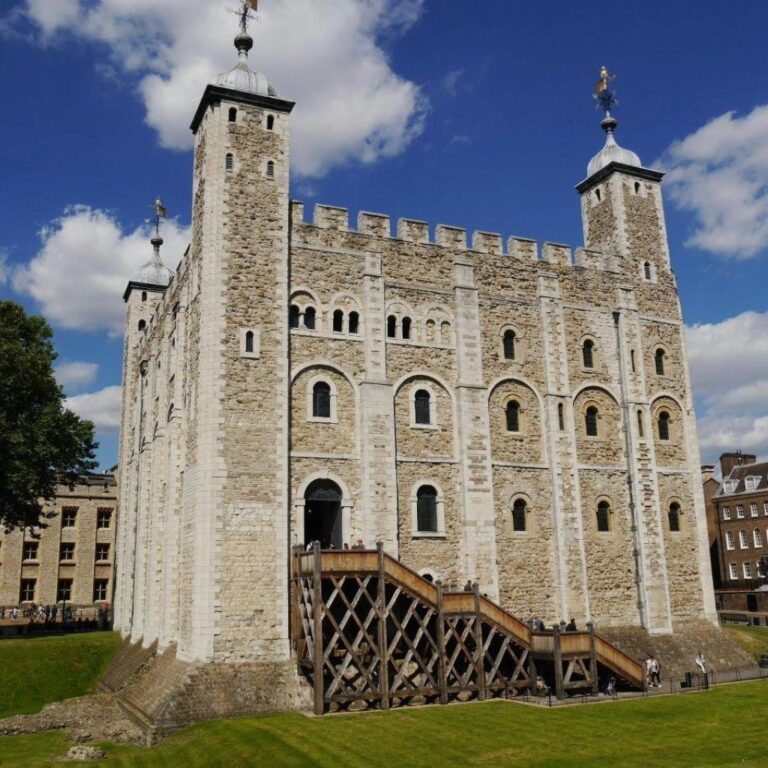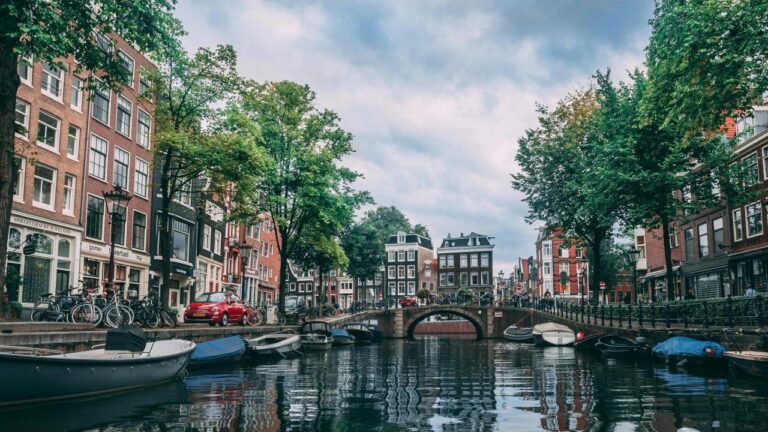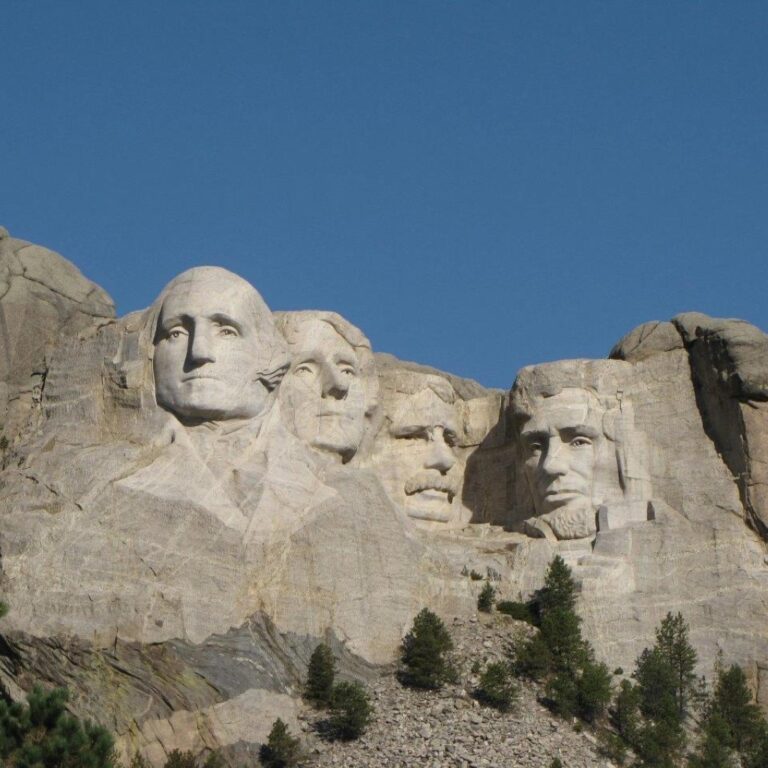The Tower of London was founded in 1066 by William the Conqueror as part of the Norman Conquest of England.
The White Tower, which gives the entire castle its name, was built by 1078 and is the oldest part of the complex.
The Tower of London has served variously as a royal palace, a prison, an armory, a treasury, and the home of the Crown Jewels of England.
Famous prisoners held in the Tower include Anne Boleyn, Guy Fawkes, Sir Walter Raleigh, and Elizabeth I before she became queen.
The Crown Jewels, housed in the Jewel House, include some of the most famous and valuable items of royal regalia, such as the Imperial State Crown and the Koh-i-Noor diamond.
The Tower is guarded by the Yeoman Warders, also known as Beefeaters, who have been protecting the site since the 15th century.
Legend has it that if the ravens ever leave the Tower, the kingdom will fall. To ensure this doesn't happen, at least six ravens are kept at the Tower at all times.
The Tower of London is a UNESCO World Heritage Site, designated in 1988 for its historical and architectural significance.
The Tower has a gruesome history of executions, with the last execution taking place during World War II when German spy Josef Jakobs was shot by firing squad in 1941.
The Medieval Palace, part of the Tower complex, includes beautifully restored rooms that offer a glimpse into royal life during the medieval period.
The Ceremony of the Keys, a 700-year-old tradition, is a nightly ritual where the main gates of the Tower are locked and secured.
The complex has been expanded and modified many times over the centuries, with notable additions such as the outer walls and moat added by Henry III and Edward I.
The Tower's chapel, St. Peter ad Vincula, is the final resting place for many of the executed prisoners, including Anne Boleyn and Catherine Howard.
Today, the Tower of London is one of the city's most popular tourist attractions, drawing millions of visitors each year who come to explore its history and marvel at the Crown Jewels.


